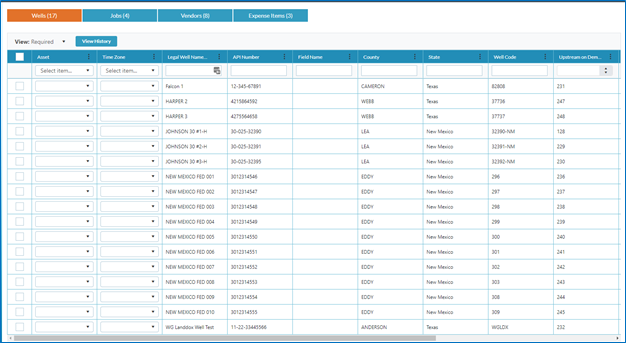The days of needing to be in two or more systems at once to see the full picture of your business are gone. Thanks to data integration and the cloud, everyday users and decision makers alike can have access to the latest data across systems as soon as it is entered.
Benefits of the Cloud
Legacy software solutions are powerful, but implementation can take a long time and maintaining it can be costly. Often, you need an on-site server and a vendor representative available to install the software. Then, once you have the infrastructure set up, someone within your organization will need to maintain it. Even if you have all those things in place, updates to the system are infrequent and often require another visit from the vendor to your physical location before you can take advantage of the latest features.
Cloud software solves all these issues. Cloud solutions are accessible online and easy to implement so you can get started right away. Cloud software is hosted in the cloud, so there’s no costly infrastructure to maintain, and its available for you to use wherever and whenever you need it. Most importantly, cloud software is iterative. That means updates are constantly deployed so you always have access to the latest and greatest features.
Data Integration
With the cloud, the way business systems communicate have progressed leaps and bounds to make integration easier with a turnkey approach. Integration with legacy solutions may be possible but are typically more customized and cumbersome to maintain. Seamless integration with cloud software saves time with data entry or maintenance and improves visibility for reporting.
In the past, seeing the full picture across your systems required the same data point to be entered into each system. Data integration removes this repetitive task and the hours required to complete it. Instead, the data is entered at one point and shared across systems where it is used. This streamlines workflows and frees up time for your employees to focus on interpreting the data, rather than entering it.
While saving time and money on necessary data entry is a great benefit, you really see the impacts data integration can have on your business when it comes to reporting. Data integration allows you to see the data you need from multiple systems, side by side. For example, with Quorum Upstream On Demand cloud-based integration you can track field cost estimates in well lifecycle reporting, alongside actuals and estimates from accounting. Another instance is that you can select a Business Associate and Cost Center in land and create the payable in accounting. This integrated workflow saves significant time and generates accounting reports that seamlessly tie in your land management.

Each system in the Upstream On Demand suite has options for viewing integrated entities alongside native data points. Shown here, Quorum’s Well Lifecycle solution shown displays a landing page where a user can confirm all entities sent to the system via integration and accept them for use.
Quorum Upstream On Demand
The Quorum Upstream On Demand suite offers all these capabilities and more, including visualization capabilities like dashboards to offer “business intelligence on demand.” Our solution is turnkey and vastly increases the accessibility of your data so you can start using it to guide business decisions.
Quorum Upstream On Demand is the more forward looking alternative to legacy software solutions. Today, you can take advantage of integrated data points and visibility across systems, but we already have plans for more. In the future, you’ll get every update from our constantly evolving product roadmap influenced by our customer’s needs.
Read how Sage Natural Resources took advantage of Quorum’s integrated cloud solution to realize results 4x faster than previous acquisitions.
 Previous Page
Previous Page